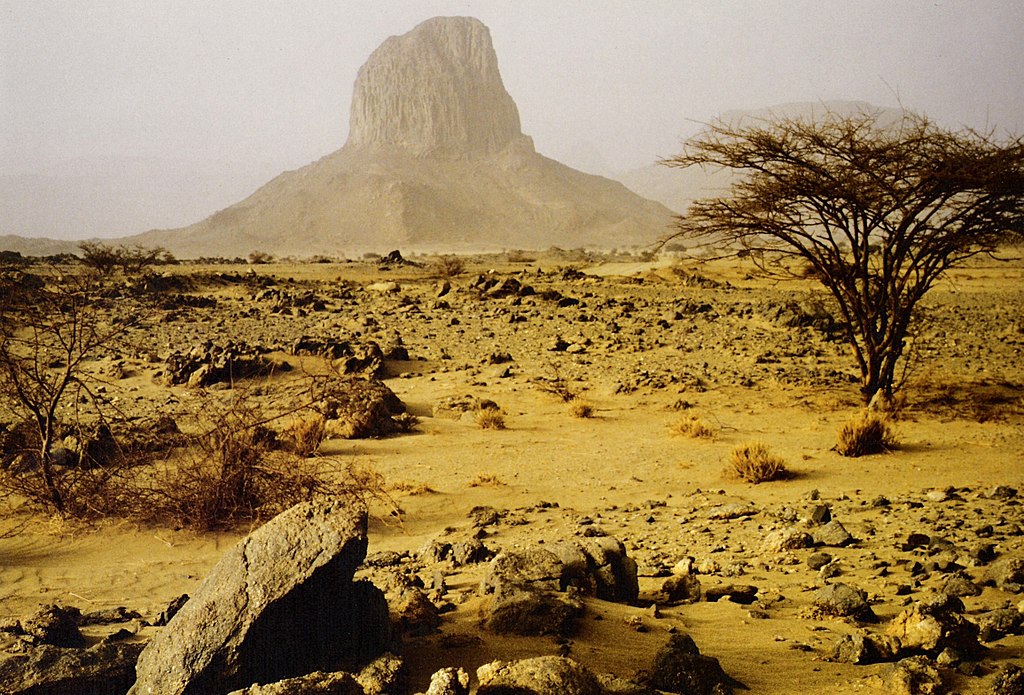 Joachim Himmeröder
Joachim Himmeröder
Next door to Morocco, Algeria is very much off the beaten path, touristically speaking, in large part because of its troubled past. But as this blog noted last year, capital Algiers is a tremendously rewarding and safe experience, as are quite a few areas of the country’s hinterland. A prime example is located in the far south, where the Ahaggar National Park near the Sahara Desert oasis city of Tamanrasset invites visitors to partake of 45,000 square kilometres (17,375 sq. miles) of remarkable landscape and wildlife – an eco-experience of a lifetime, visitable via tour operators out of Algiers.
Established in 1987, Ahaggar is centred around the dramatic, eponymous mountain range and in particular Mount Tahat, impressively towering more than 3,000 metres (9,852 feet), which gives it a fresher, less arid microclimate than the surrounding Sahara – it even rains year round up here! This climate also means a profusion of flora such as olive trees, lavender, myrtle, acacias, tamarisk, and palms, along with wildlife. Its most famous is acinonyx jubatus, the white Saharan cheetah, and endangered (only around 7,000 estimated still living, mostly in northwest Africa) and majestic cat which can reach speeds of 100 kilometres an hour (67 mph) in a mere three seconds. Largely nocturnal, it’s an elusive beast indeed, with only one estimated per thousand square kilometres (386 sq. mi.) here in the reserve.
Other, more visible local species including Dorcas gazelles, Barbary sheep, Barbary sheep, genets, wild cat, mongoose, leopards, golden jackals, Ruppell’s foxes, sand cats, fennecs, addax, and dama gazelle; there are human denizens up here, as well, in the form of Tuareg herders, and in addition to hiking and rock climbing, you can also spot prehistoric rock paintings in a number of locations.
More info: Algeria.com.

